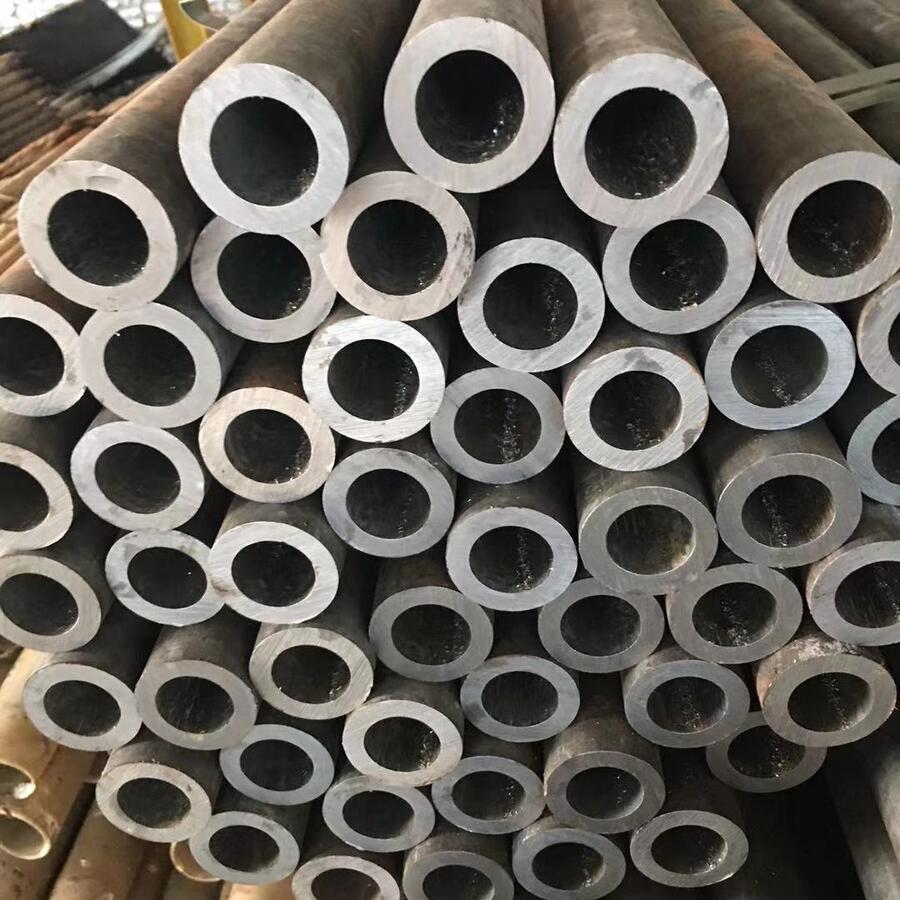Введение в линии по производству стали
Линия по производству стали является важнейшим компонентом обрабатывающей промышленности., отвечает за переработку сырья в высококачественную стальную продукцию. Этот процесс включает в себя несколько этапов, включая плавление, кастинг, прокатка, и отделка. Понимание тонкостей работы линии по производству стали необходимо для всех, кто работает в этой отрасли., от инженеров до владельцев бизнеса.
Компоненты линии по производству стали
Типичная линия по производству стали состоит из нескольких ключевых компонентов.:
- Электродуговая печь (ЭДП): Используется для плавки стального лома и производства жидкой стали..
- Машина непрерывного литья заготовок: Преобразует жидкую сталь в твердые слябы или заготовки..
- Стан горячей прокатки: Перерабатывает твердую сталь в различные формы и размеры..
- Чистовой стан: Дальнейшая очистка стальной продукции в соответствии с конкретными стандартами..
Процесс производства стали
Процесс производства стали можно разбить на несколько этапов.:
- плавление: Стальной лом плавят в электродуговой печи, достижение температуры около 1600°C.
- Кастинг: Расплавленную сталь разливают в формы для формирования слябов или заготовок..
- Роллинг: Затвердевшая сталь пропускается через ролики для достижения желаемой толщины и формы..
- Отделка: Конечная продукция обрабатывается и проверяется на предмет соответствия стандартам качества..
Технические характеристики линий по производству стали
Понимание технических характеристик линии по производству стали имеет жизненно важное значение для оптимизации производительности и эффективности.. Ниже приведена подробная таблица, показывающая различные параметры, связанные с линиями по производству стали.:
| Параметр | Описание | Типичное значение |
|---|---|---|
| Производственная мощность | Количество стали, производимой в час | 100-300 тонн/час |
| Температура плавления | Температура, необходимая для плавления стали | 1,600°С |
| Потребляемая мощность | Энергия, необходимая для электродуговой печи | 400-600 кВтч/тонна |
| Потребление воды | Вода, используемая для процессов охлаждения | 1-2 м³/тонна |
| Длина производственной линии | Длина всей производственной линии | 200-500 метры |
| Количество стендов | Количество прокатных клетей на стане | 6-12 стоит |
| Диапазон толщины | Толщина готовой стальной продукции | 1-25 мм |
| Диапазон ширины | Ширина готовой стальной продукции | 100-2000 мм |
| Метод охлаждения | Метод, используемый для охлаждения стальных изделий | Распыление воды или воздушное охлаждение |
| Стандарты контроля качества | Стандарты проверки качества стали | ИСО 9001, АСТМ |
Преимущества современных линий по производству стали
Современные линии по производству стали используют передовые технологии, которые повышают эффективность и снижают воздействие на окружающую среду.. Некоторые заметные преимущества включают в себя:
- Повышенная эффективность: Системы автоматизации и мониторинга в реальном времени оптимизируют производственные процессы.
- Сокращение отходов: Передовые методы переработки сводят к минимуму количество отходов и отходов..
- Улучшенное качество: Постоянный контроль качества гарантирует соответствие продукции строгим стандартам..
- Снижение энергопотребления: Инновационные технологии сокращают общее количество энергии, необходимой для производства..
Заключение
В заключение, Линия по производству стали — это сложная система, играющая жизненно важную роль в обрабатывающей промышленности.. Понимание его компонентов, процессы, и технических характеристик имеет важное значение для оптимизации производства и обеспечения высокого качества металлопродукции.. Поскольку технологии продолжают развиваться, эффективность и устойчивость линий по производству стали будет только улучшаться, прокладывая путь к более экологически чистому будущему.
Дальнейшее чтение
Для получения дополнительной информации о линиях по производству стали и сопутствующем оборудовании, рассмотрите возможность посещения HANI TECH для станов горячей прокатки и вспомогательного оборудования, или ХАНИ ТЕХ Металлургия для плавильных печей и их компонентов.




